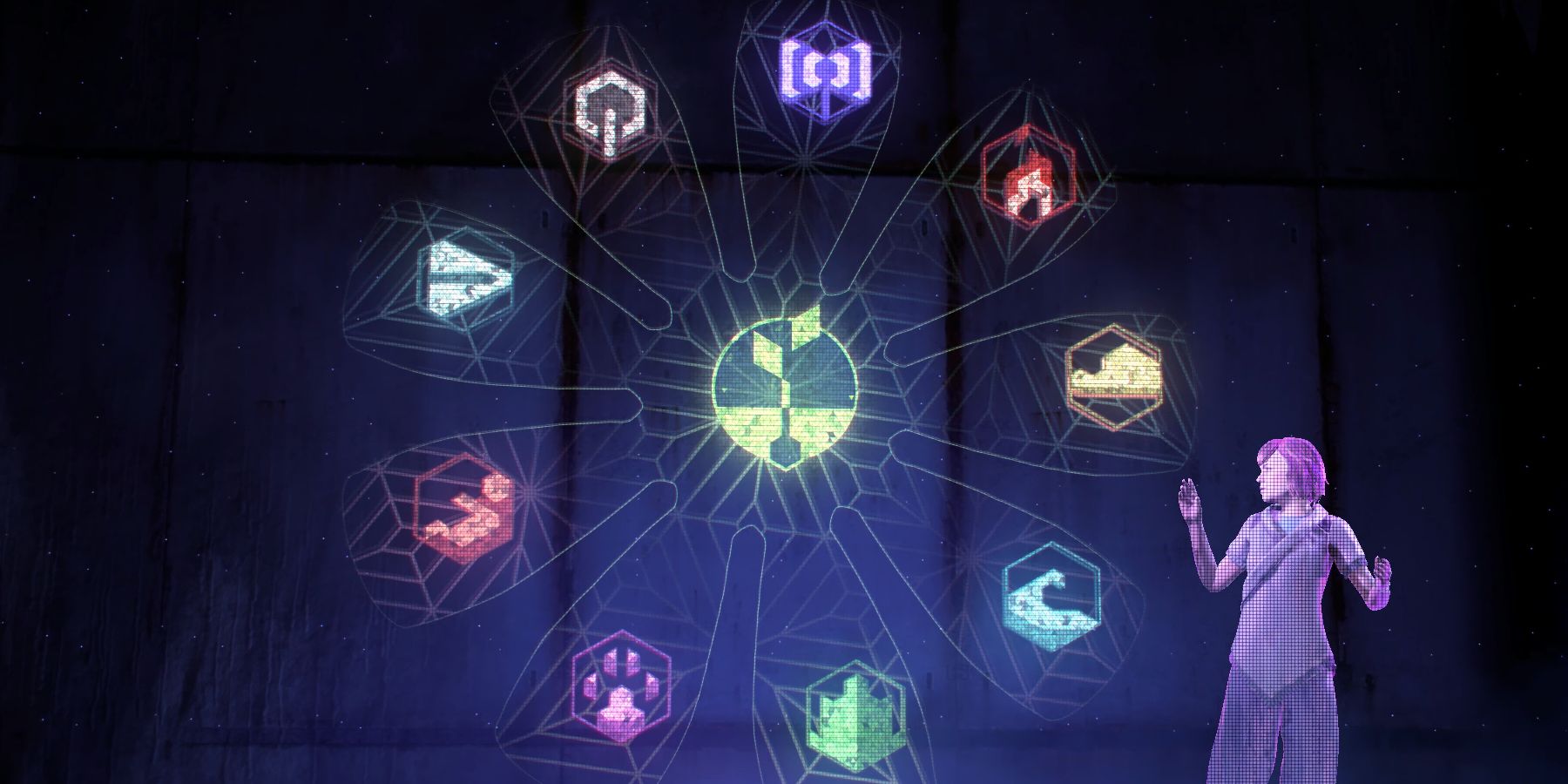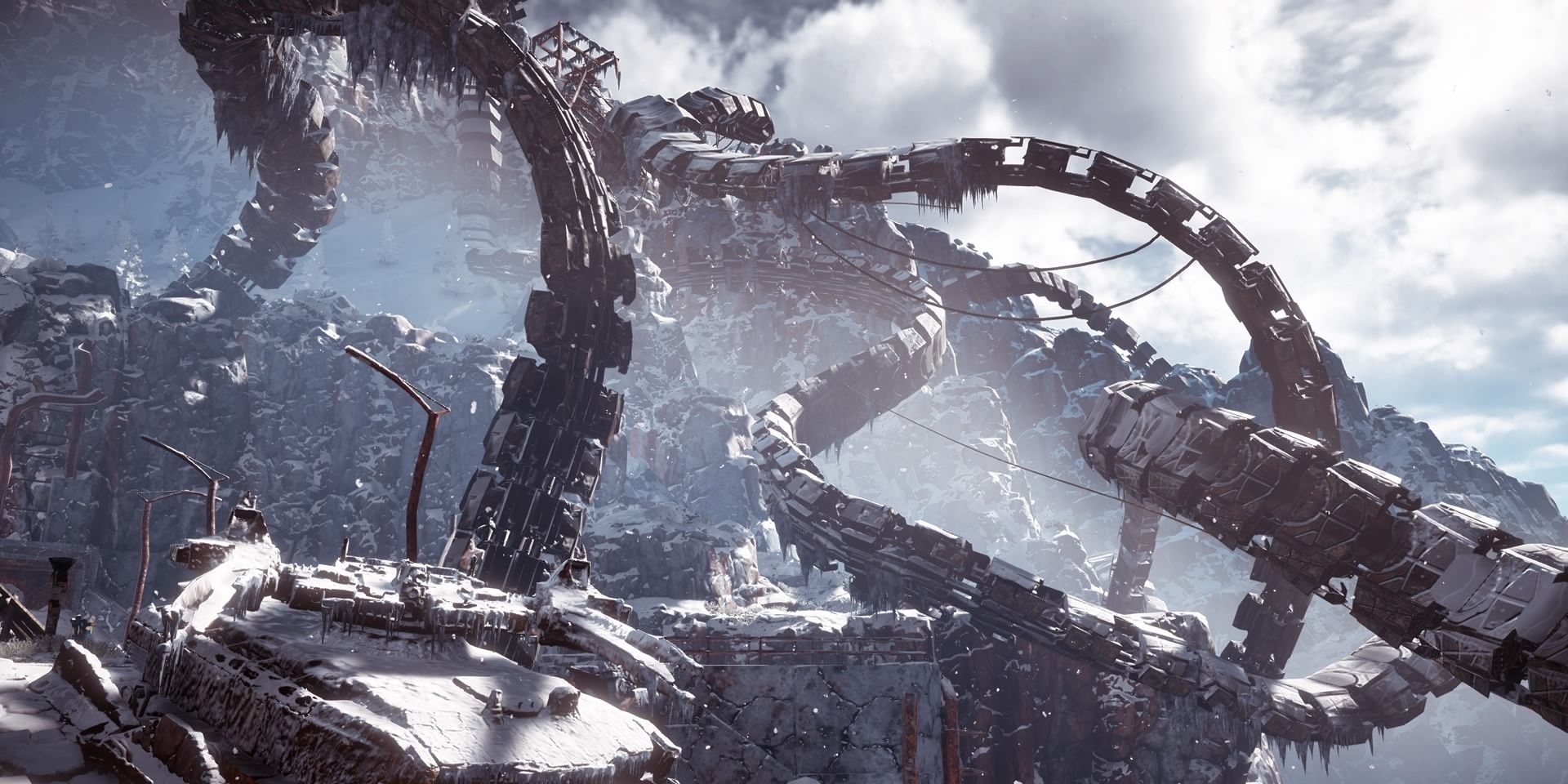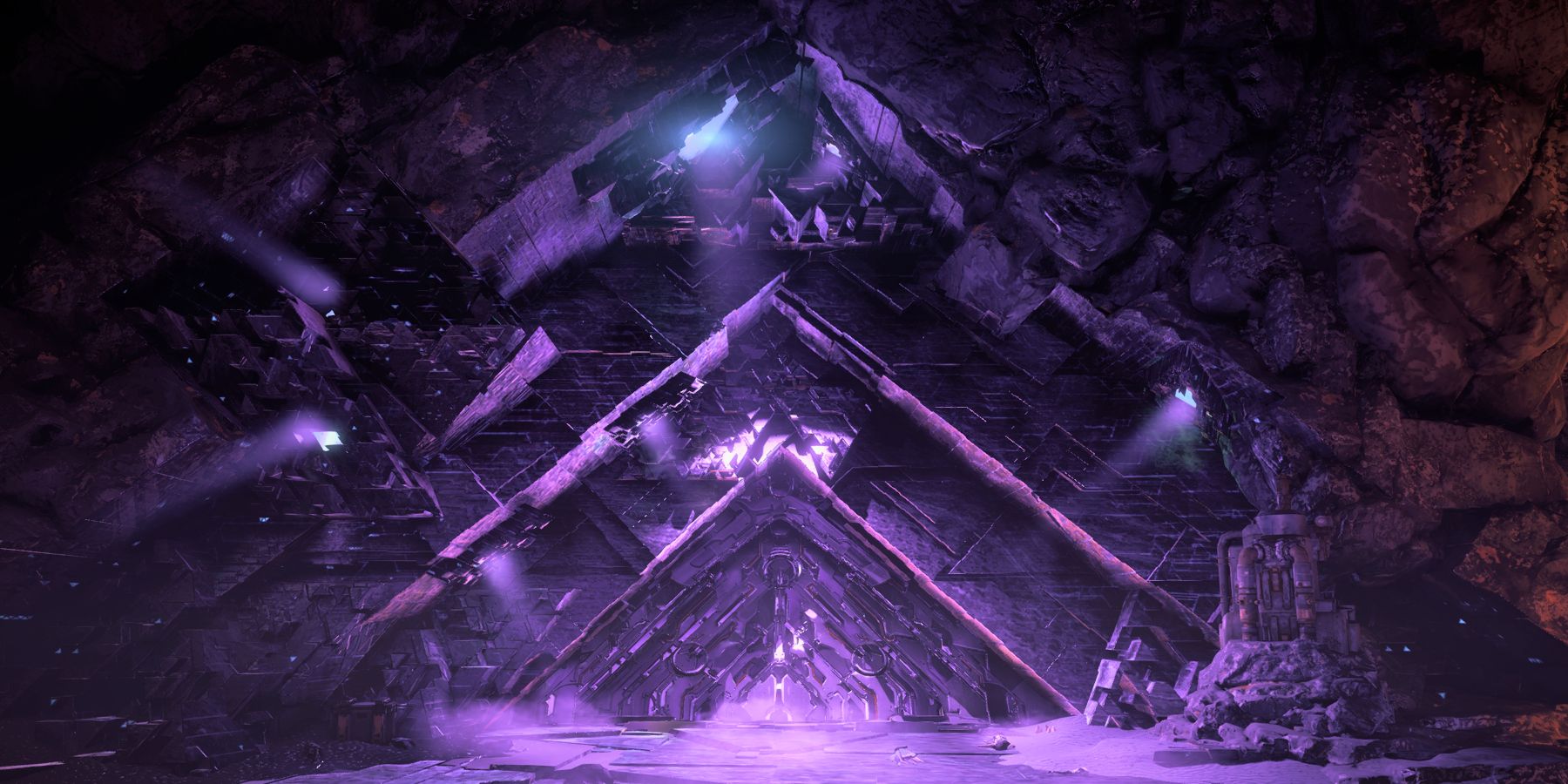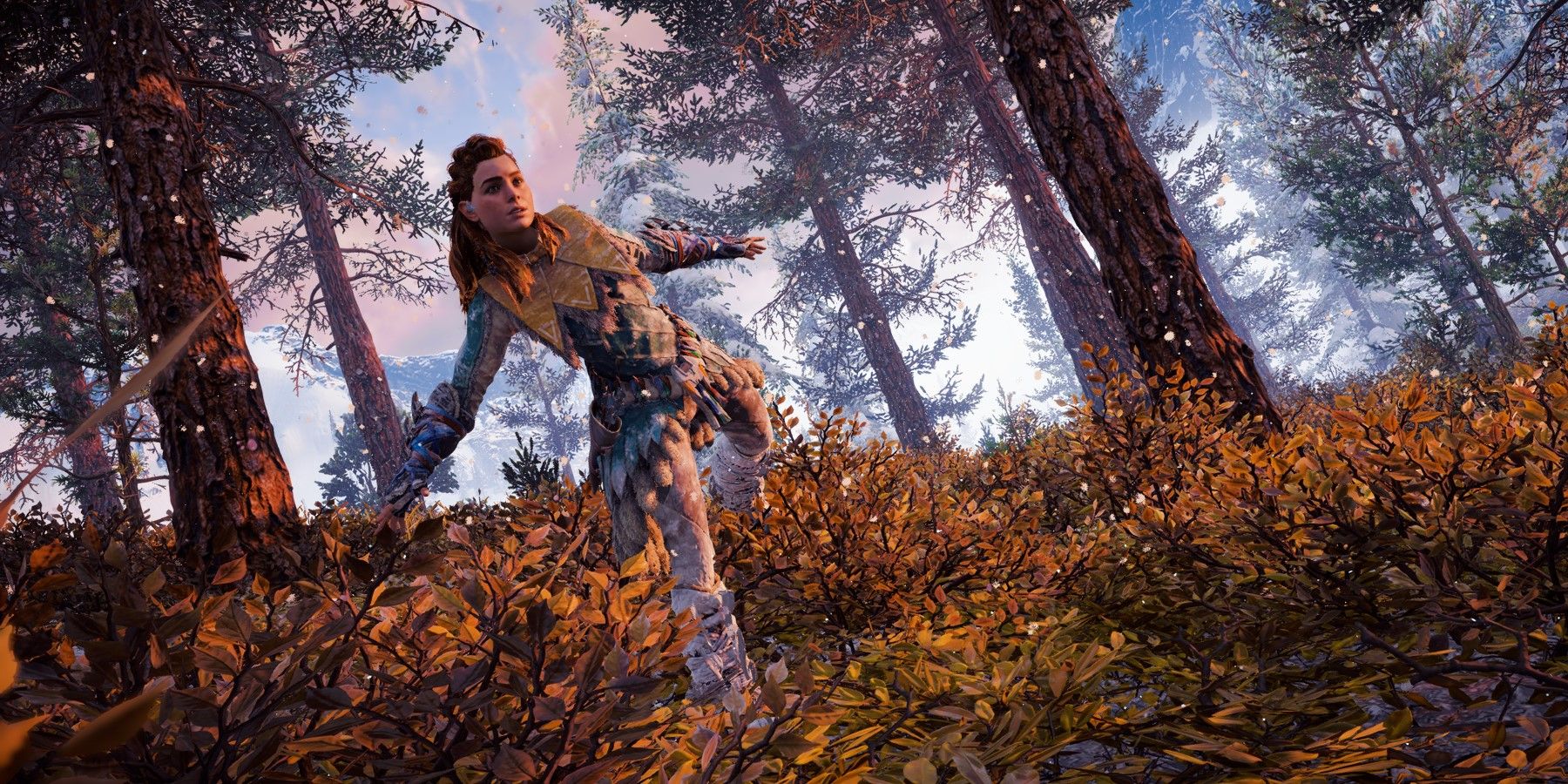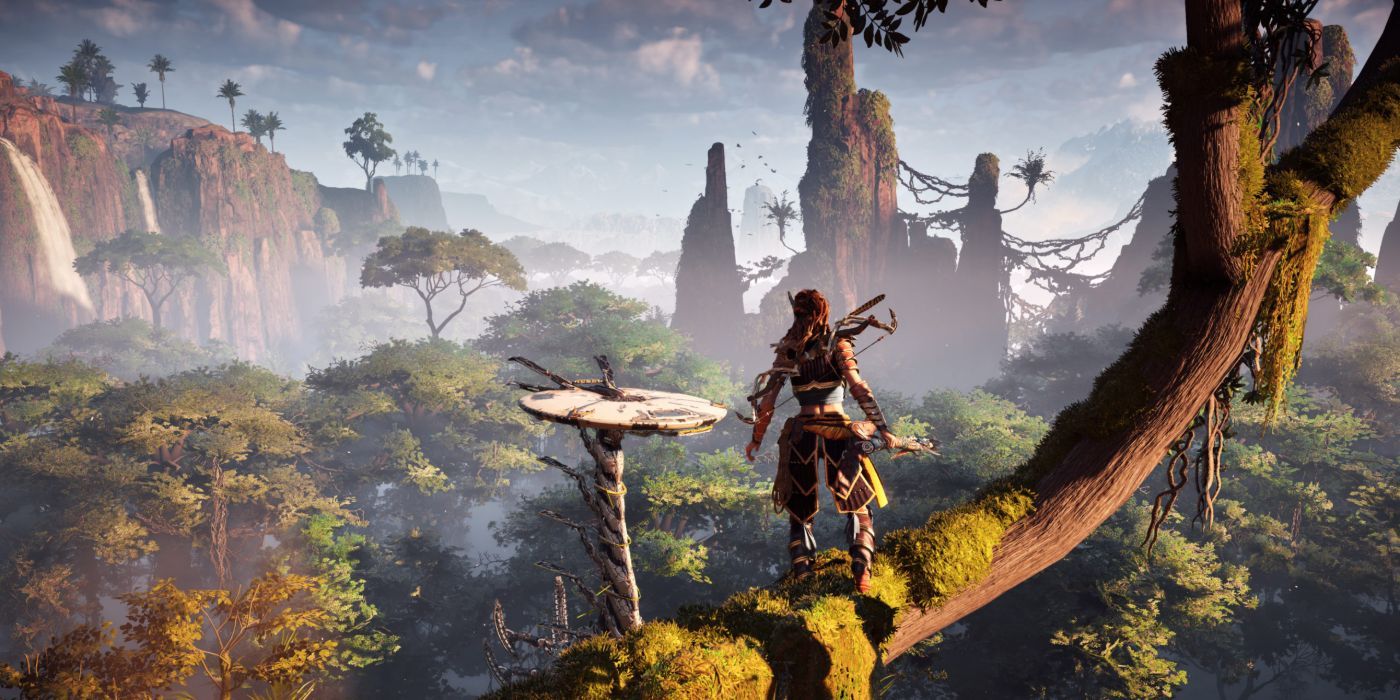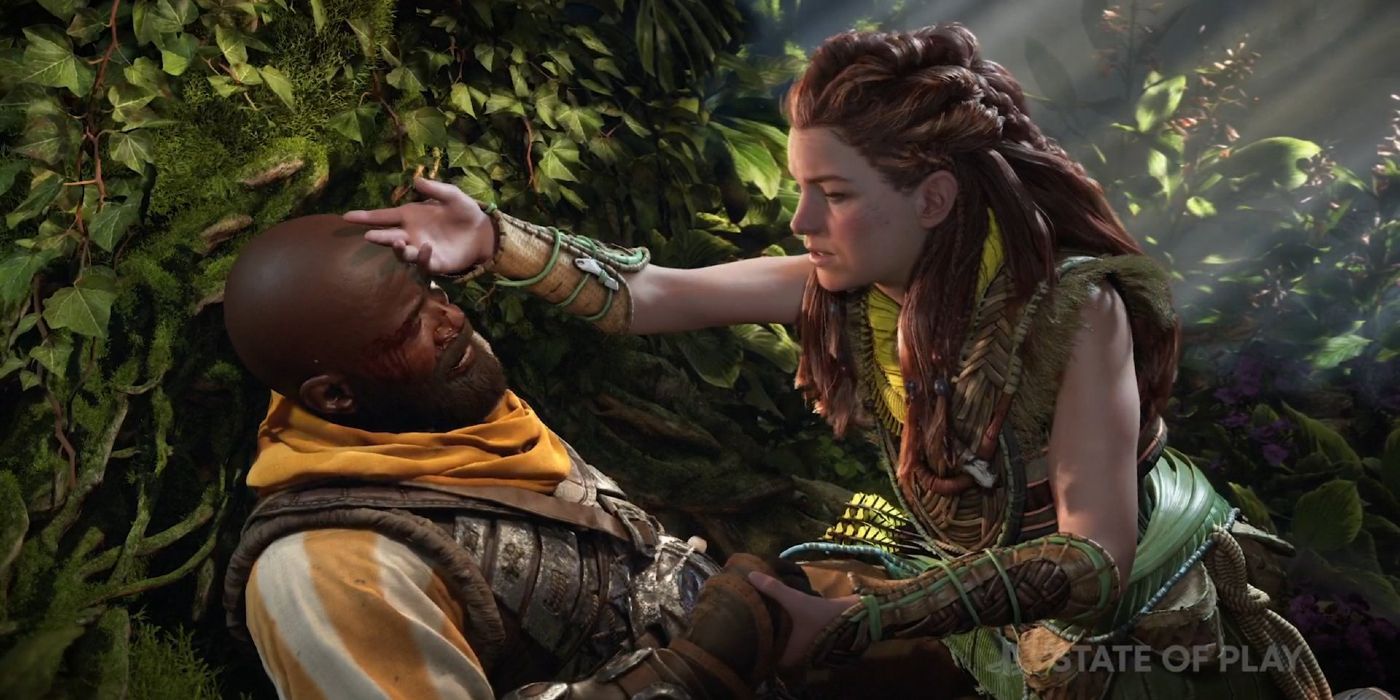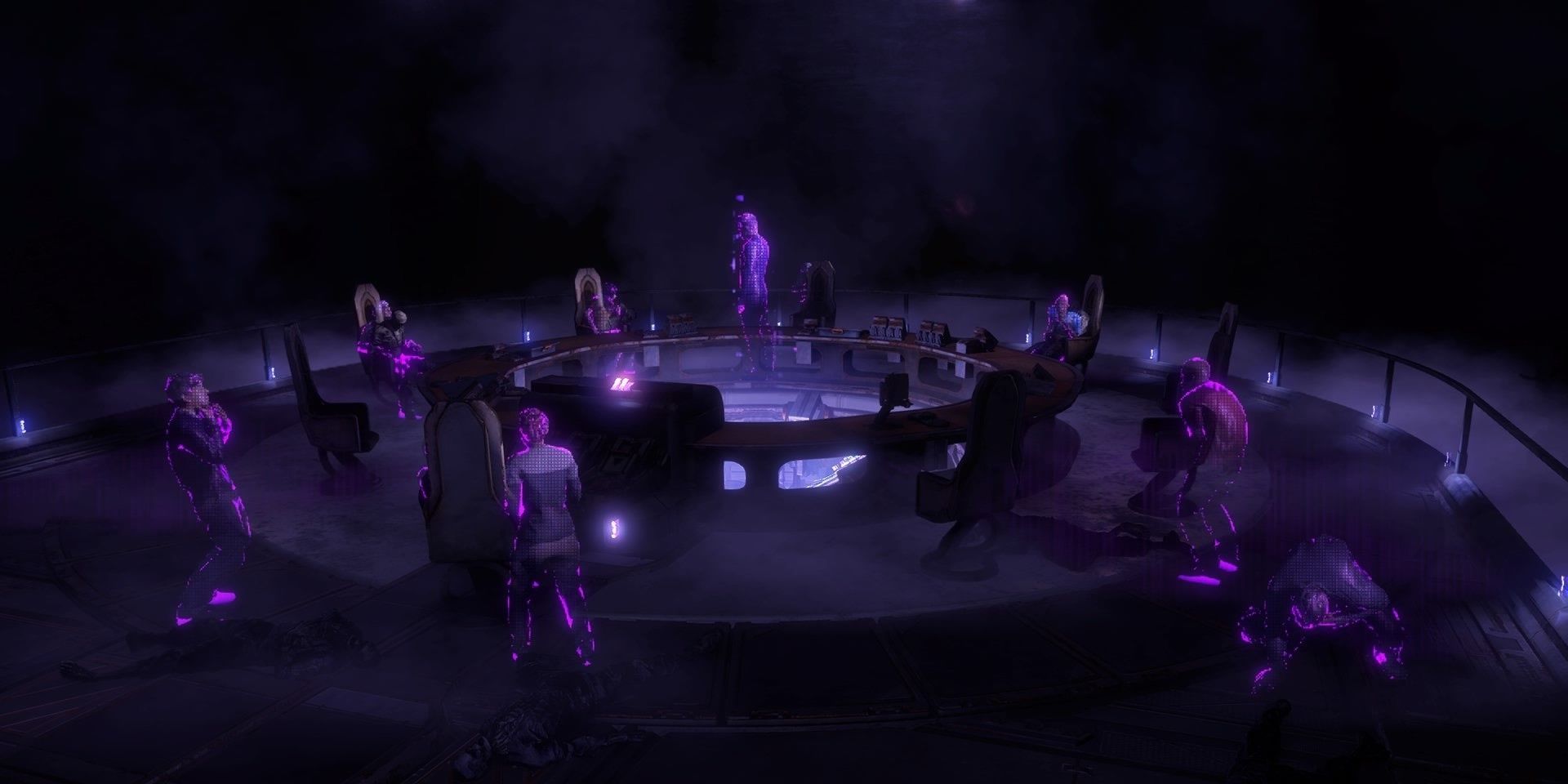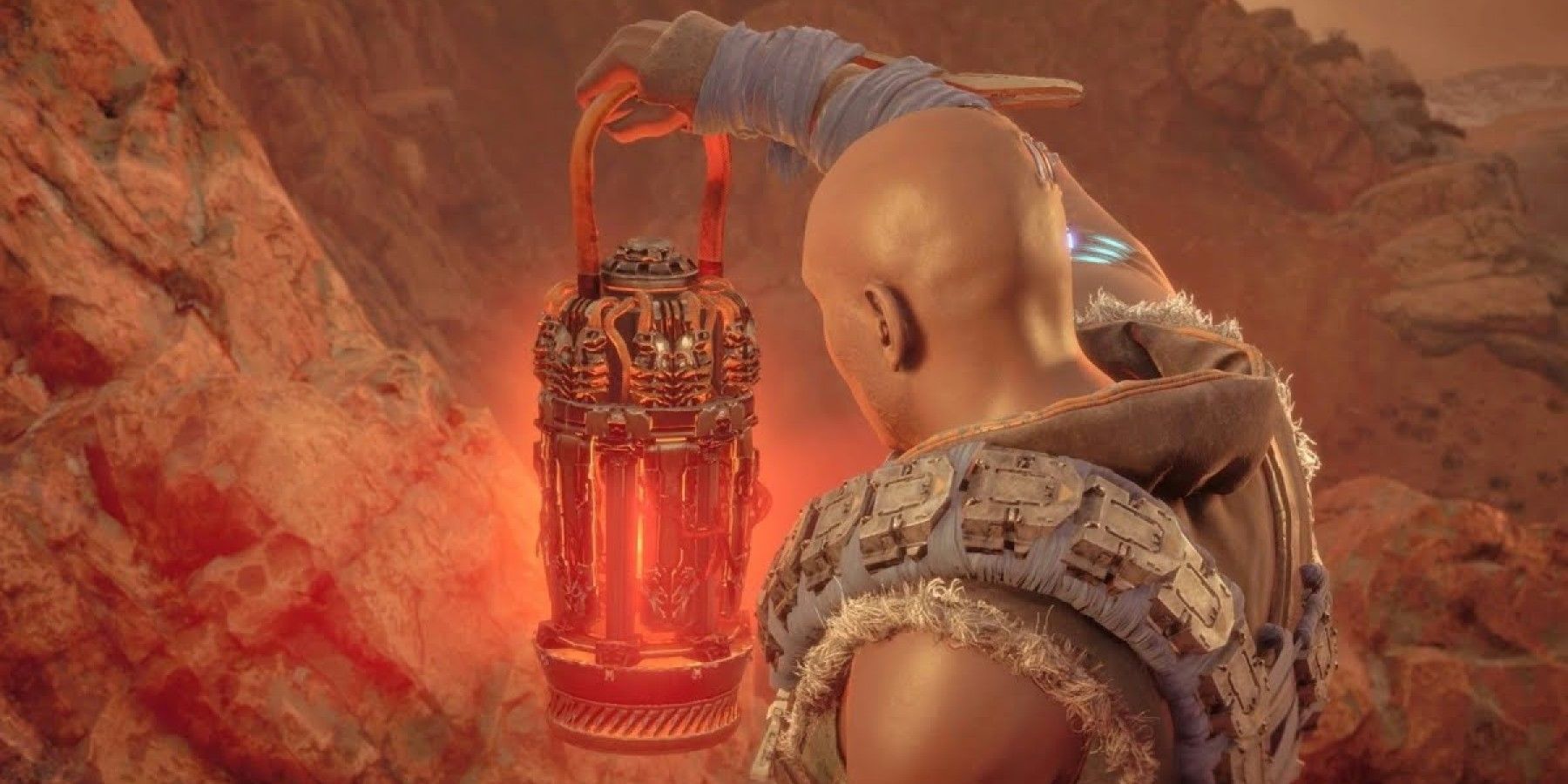GAIA was the powerful AI that Elisabet Sobeck and the rest of her team created for Project Zero Dawn. Despite being a virtual entity, GAIA played a major role in Horizon Zero Dawn, essentially starting life anew through a complex terraforming system. To do this, GAIA utilized nine subordinate functions, each of which had a key role to play in reseeding the Earth.
Though not separate AI systems during creation, GAIA’s subordinate functions were complex programs shaped by some of the most intelligent characters in Horizon Zero Dawn. As such, GAIA could rely on these subroutines to assist in reconstructing the biosphere.
MINERVA
MINERVA was the subroutine tasked with cracking the deactivation codes that GAIA could use to contain the Faro Plague. It’s named after the Roman goddess who was the patron of strategic warfare and wisdom. The lead developer — known in-game as an Alpha — assigned to MINERVA was likely Ayomide Okilo, a military captain skilled in codebreaking. Though there is no definitive evidence of this, it is hinted in datapoints within the Project Zero Dawn Facility.
After Zero Day, MINERVA began deciphering the Chariot machines’ deactivation codes. According to Sobeck, this process would likely take around half a century to complete, given the sheer complexity of the robots’ security protocols. Once MINERVA finalized the deactivation codes, the system built transmission towers above ground and broadcasted the codes to stop the Faro Plague. GAIA’s other subroutines would not be able to work until the Faro Plague had been dealt with, meaning MINERVA’s role was crucial.
HEPHAESTUS
HEPHAESTUS was the subroutine responsible for creating robots that would serve the purpose of Project Zero Dawn. It’s named after the Greek god of blacksmiths and metalworking. The Alpha in charge of creating HEPHAESTUS was Margo Shĕn, a former employee of FAS and a field expert in robotics. She’s also likely the youngest Alpha at around 30 years old.
HEPHAESTUS’s primary job was to create machines, following GAIA’s instructions. This includes the transmission towers MINERVA required. Though for other more complex machines, HEPHAESTUS created multiple underground facilities known as Cauldrons. These Cauldrons were specifically made to construct GAIA’s terraforming robots, which then cleansed and reconstructed the biosphere. The designs for these machines would be made with help from GAIA, AETHER, and POSEIDON.
AETHER and POSEIDON
AETHER and POSEIDON are the two subroutines tasked with purifying the air and water, respectively. AETHER is named after the Greek figure that personifies the bright sky, while POSEIDON takes after the Greek god of the sea. Their assigned Alphas are unknown as Aloy never encounters any datapoints mentioning them.
Following centuries of destruction from the Faro Plague, AETHER and POSEIDON repurified the air and water to allow life to flourish again. Based on the events of Horizon Zero Dawn, these subordinate functions seem to have been the most successful among the nine as the Earth, once again, has clean air and water. In Sobeck’s presentation on Project Zero Dawn, it is also revealed that Snapmaws and Stormbirds played a part in the detoxification process.
ARTEMIS and DEMETER
ARTEMIS and DEMETER are the subroutines that were made to repopulate the Earth with plant and animal life once the environment could sustain them. ARTEMIS is named after the Greek goddess of wild animals and the hunt. Meanwhile, DEMETER is named after the Greek goddess of agriculture. ARTEMIS was headed by Charles Ronson, an expert in ecology. There is much less information on DEMETER’s Alpha, however, with the only mention of them being in a diary entry by Sobeck. Their name is Naoto and they have a penchant for poetry.
Once the Earth was purified, ARTEMIS and DEMETER utilized cryo-preserved seed stocks and animal zygotes to restore life on Earth. ARTEMIS began by releasing what Ronson referred to as “pioneer organisms” — microorganisms, insects, and other relatively small, common animals. DEMETER didn’t seem to have the same restraints, as the world Aloy traverses seems much more diverse in its plant life.
ELEUTHIA
ELEUTHIA was the subroutine responsible for spawning a new generation of human beings. It’s named after the Greek goddess of childbirth. The Alpha assigned to its creation was Patrick Brochard-Klein, who was one of the authors of the Raleigh Accords of 2048, a fictional agreement concerning human genetic engineering. In Brochard-Klein’s introduction of ELEUTHIA, he stresses that their job is not to modify the human genome but to preserve it.
With the Earth purified and once again brimming with life, ELEUTHIA tapped into the Cradle facilities as they housed cryogenically frozen zygotes. ELEUTHIA raised these human zygotes, utilizing artificial wombs as well as the help of robot servitors that could care for children during early child development. Once the new humans were old enough, GAIA would then start teaching them about the outside world with assistance from APOLLO. However, this would never happen.
APOLLO
APOLLO was the subroutine tasked with preserving old world knowledge and then passing it on to ELEUTHIA’s newly born generation. It’s named after the Greek god of the sun and patron of truth and prophecy. The Alpha in charge of gathering APOLLO’s archive was Samina Ebadji, the former Director of the International Collective Memory Institute located in New Tehran and heritage professional.
Once human life starts to flourish within ELEUTHIA’s Cradles, it’s APOLLO’s job to impart the knowledge of past generations to them. This will come in the form of gamified modules, according to Ebadji, as the more humans learn, the more they will be able to progress through APOLLO’s archives. However, this never came to fruition as Aloy discovers that Ted Faro deleted all the subroutine’s archives. Thus, her generation never knew what came before them.
HADES
Lastly, HADES is the subroutine that works as GAIA’s “extinction failsafe protocol.” Named after the Greek god of the underworld, HADES was headed by Travis Tate. Though there isn’t much on his professional background, Tate had ties to the FBI and was likely a tech expert. He also seems to have had connections to Sobeck before the Faro Plague.
Put simply, HADES’s job was to reverse all the work that GAIA and the rest of the subordinate functions made, should it be required. Thus, it would only be needed if GAIA decided there was a need to start over again. However, due to an unknown signal transmitted to GAIA’s facility, HADES gained self-awareness and broke away from the primary AI. The events of Horizon Zero Dawn then revolve around stopping HADES before it can exterminate all life.
GAIA is already a marvel of technological innovation. However, looking at the system as well as all of its subordinate functions, players can begin to see just how much work Sobeck and her team squeezed into a mere 15 months. That said, it’s interesting to see what Horizon Forbidden West will do with the rest of GAIA’s subroutines, as not all of them were explored in much detail in the first game.
Horizon Zero Dawn is available now for PC, PS4, and PS5.

